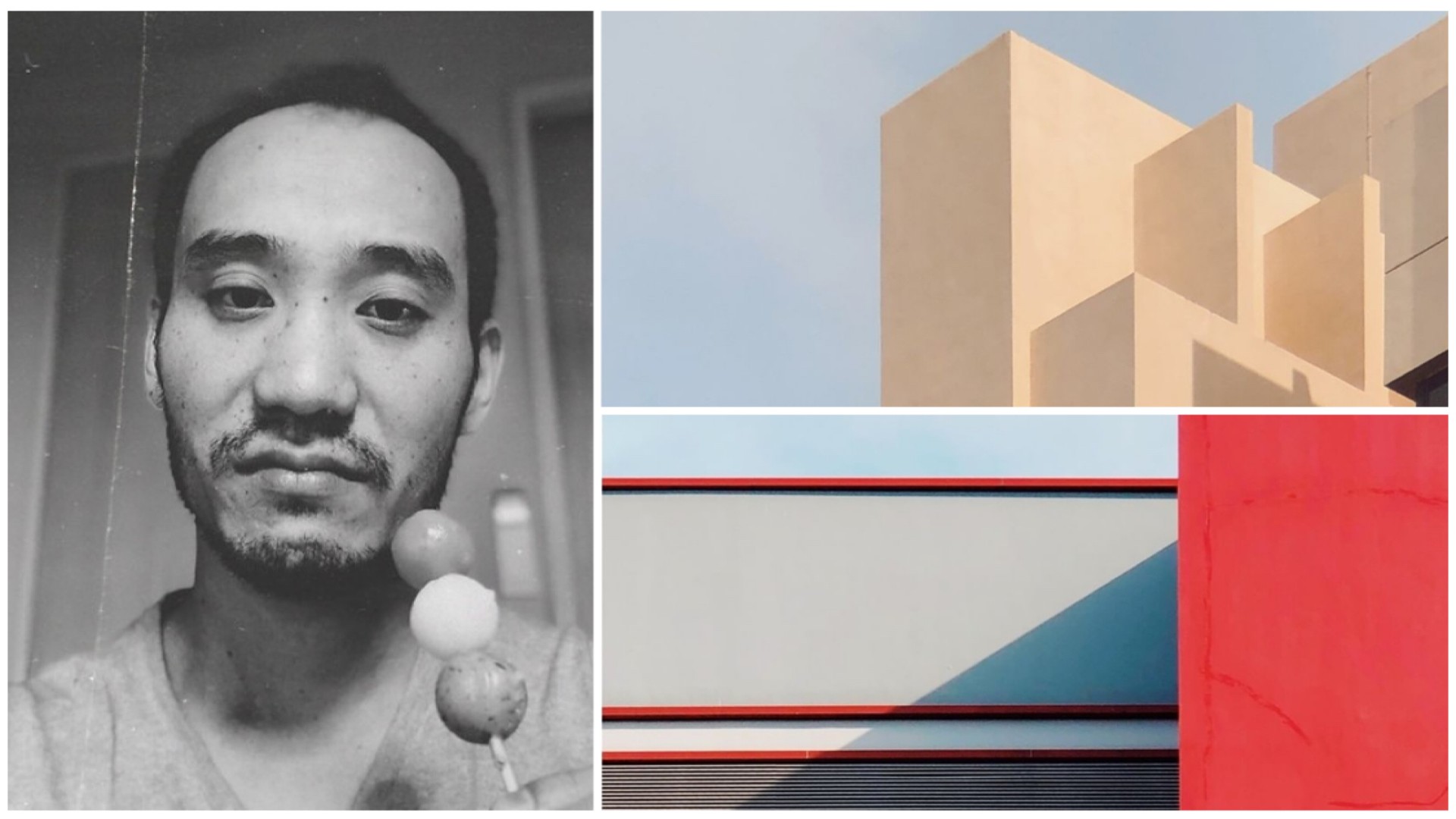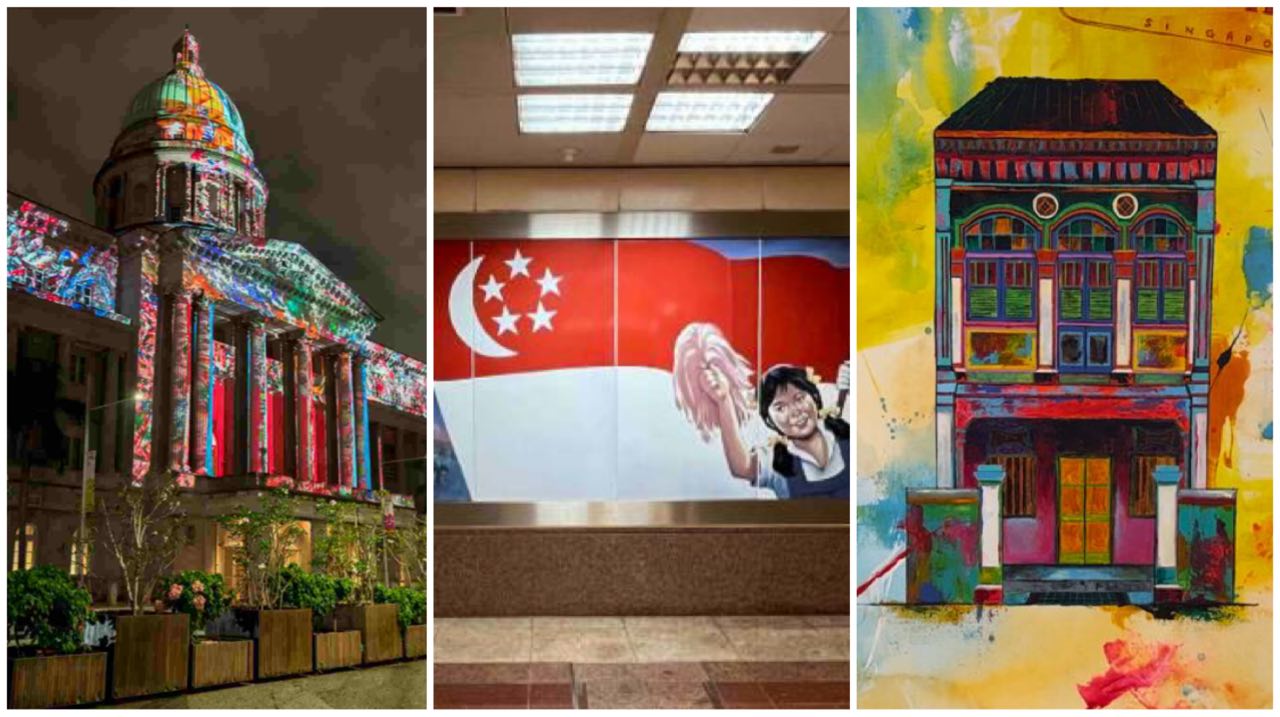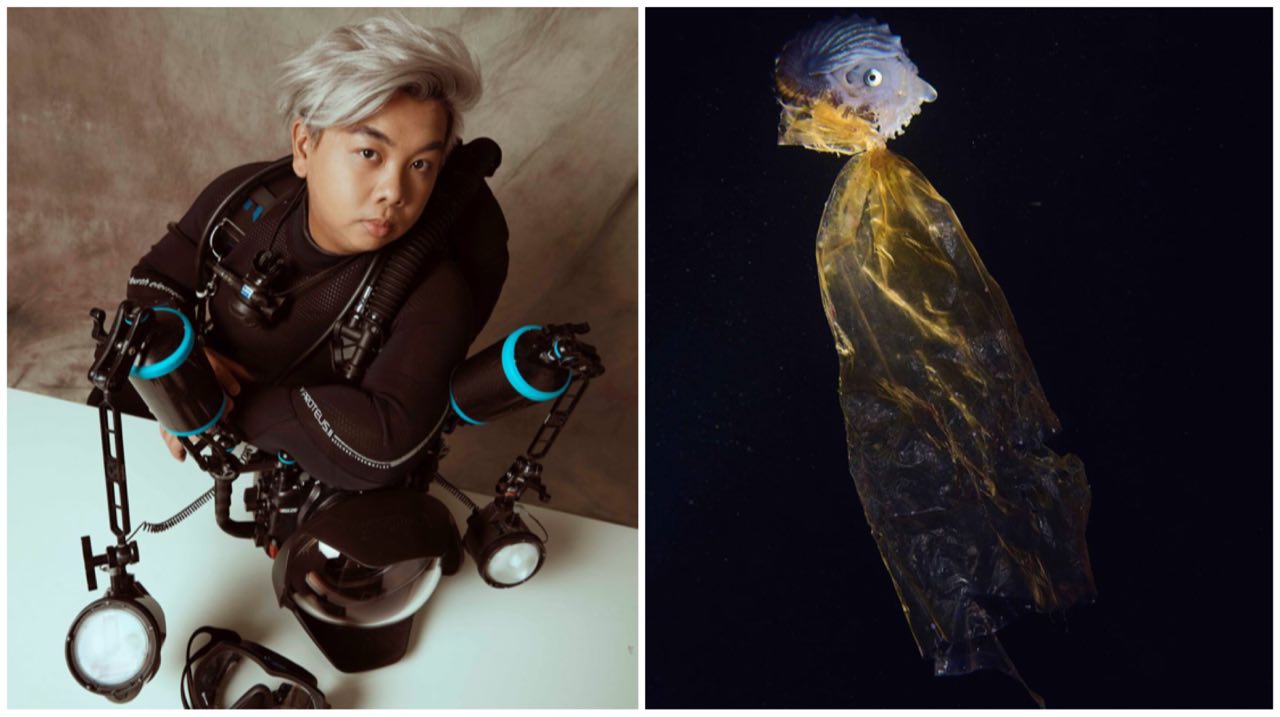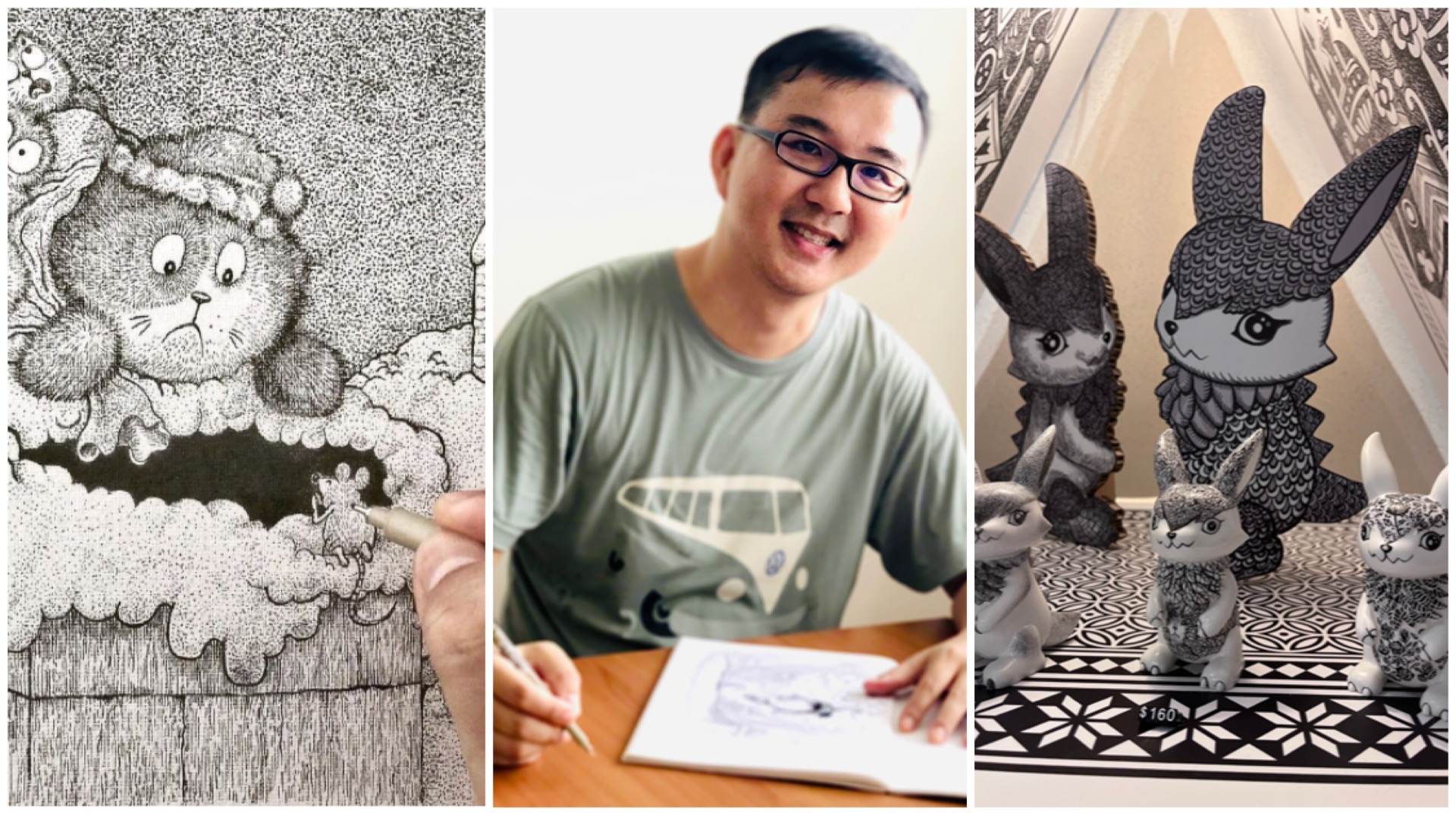Artist Behind The Art: Finding The Beauty In Everyday Places In Singapore
Can you believe that the photos throughout this article are actually shots of places we normally see or pass by on a daily basis in Singapore?
Takashi Fujita takes photos of seemingly mundane things - from basketball courts to HDB exteriors - but thanks to his artistic vision, we see them in a whole new (minimalist) perspective. All his photos are shot and edited on an iPhone.
We asked the photographer, better known on Instagram as @eskylabs, about whether you need a special “eye” to find the beauty on our Little Red Dot.
“My thought is that most people don't see what I see simply because they don't take the time to look," says Fujita. "I hope that through my work others are able to discover moments of beauty in their own daily experiences.”
The 40-year-old moved to Singapore in 2006, and only got into photography when he bought the iPhone X back in 2017.
We speak to the full-time project manager about his photography journey, what “iconic minimalism” means, and the future of NFTs in the creative space.
You got into photography when you bought an iPhone X. But can you remember the first time you picked up a camera?
My first camera was a digital point and shoot (Canon Ixus) back in the day before iPhones existed. But I only ever used it to take photos of friends, and not buildings!
On your website, you describe your work as “iconic minimalism”. How did you get into or develop the minimalist photography style (and further hone your craft)?
I converged on my style through experimentation. I started out by photographing shadows/light, and gravitated towards buildings as subjects because they seemed to cast geometrically interesting shadows. Then, I started playing with contrast, colour, and cropping.
Which of your works has the most interesting or memorable story behind it?
Probably my piece called "Audacity" (above). This was a breakthrough piece for me which crystallised my direction as a photographer. I also enjoy the fact that it is a picture of a garbage processing facility.
What's your creative process like?
I shoot and edit on iPhones. This gives me ultimate flexibility. For example, if I'm having a difficult time editing a particular shot, I can exit the app and come back to it again when I have a couple of minutes (queuing for food, on the bus, in bed) or whenever an idea comes to mind.
What aspects of your day job help you to be a better photographer? And vice versa, what aspects of photography help you to be better at your day job?
Organisation and discipline are useful aspects that I bring from my day job to my photography. And, my photography brings aspects like creativity and risk-taking to my day job.
Who and what inspires you?
Seeing other artists' works on Instagram and Twitter!
Many of us own iPhones. But our photos not like yours leh! Any pro tips?
Well, to be honest, I'm terrible at photographing people (my wife always complains). Meaning to say that we all have our strengths and weaknesses, and we gravitate towards different subjects and styles. So my tip would be to find your place in photography and to start from there.
You also sell your work as NFTs – what do you think is the future for NFTs, both for yourself and artists in general?
As an artist, getting into NFTs has been a paradigm shift: I've made more money selling a single NFT than I have selling physical art prints for a year. It's clearly the future of digital art where creators are finally getting paid fairly for the work they produce.
For the latest updates on Wonderwall.sg, be sure to follow us on TikTok, Telegram, Instagram, and Facebook. If you have a story idea for us, email us at [email protected].










